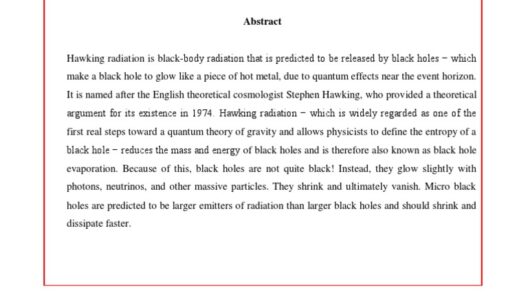Understanding the dynamics of a figure skater’s movement requires a fundamental grasp of physics principles, particularly kinetic energy and conservation laws. When a figure skater executes complex maneuvers, such as spinning or jumping, the implications of kinetic energy conservation come into play. But is a figure skater’s kinetic energy truly conserved throughout their performance? To answer this question, several factors must be examined, including the properties of kinetic energy, conservation laws, and real-world applications.
Kinetic energy (KE) is the energy possessed by an object due to its motion. Mathematically, it is expressed as KE = 1/2 mv², where m denotes mass and v denotes velocity. Essentially, the faster an object moves, or the more mass it carries, the greater its kinetic energy. In figure skating, a skater’s kinetic energy is a crucial element that influences both performance efficiency and the execution of various techniques.
When skaters initiate movement, they convert potential energy into kinetic energy. Potential energy is the energy stored in an object based on its position. For instance, when a skater gains altitude during a jump, their potential energy increases. Upon descending, this potential energy transforms into kinetic energy, allowing the skater to achieve impressive speeds upon landing. However, the trick lies in how this energy conversion impacts overall performance.
Conservation of energy is a pivotal concept in physics that asserts energy cannot be created or destroyed, only transformed from one form to another. However, it is essential to note that while total mechanical energy (the sum of kinetic and potential energy) is conserved in a closed system, practical scenarios, like figure skating, often involve external forces, such as friction and air resistance. These forces can cause energy dissipation, primarily in the form of heat or sound, thereby complicating the idea of kinetic energy conservation during a performance.
As a figure skater performs, variations in their kinetic energy are apparent. Take, for example, the iconic spinning maneuver. When a skater begins to spin, they pull their arms in close to their body. This action decreases their moment of inertia, allowing them to rotate faster while conserving angular momentum. According to the principle of conservation of angular momentum, the total amount of angular momentum must remain constant in the absence of external torques. Thus, as the figure skater reduces their moment of inertia by tucking their arms, their rotational speed increases to maintain this conservation law. Nonetheless, energy is still lost to inefficiencies—most notably, the skater’s friction with the ice, as well as air resistance.
Furthermore, when considering jumps, the initial energy conversion plays a crucial role. The take-off requires significant kinetic energy, which is transformed into potential energy as the skater ascends. Upon landing, that potential energy is again converted back into kinetic energy. However, not all the potential energy is converted back into kinetic energy; some of it is lost to the environment, primarily through vibrations in the ice and the heat generated by the body’s interaction with the surface. This energy dissipation illustrates that while kinetic energy is exchanged and transformed, it is not entirely conserved during a performance.
This leads to an important distinction between various forms of energy within the skating realm. In addition to kinetic and potential energy, rotational energy also plays a crucial role in a figure skater’s performance. As skaters spin, they not only rely on linear kinetic energy but also on rotational kinetic energy, which depends on their angular velocity and distribution of mass. The complexity of these interactions makes it clear that the conservation of kinetic energy is nuanced and not absolute.
In examining the broader implications, the performance of figure skaters serves as an exemplary case study for energy dynamics in sports. Understanding how kinetic energy functions within this context allows coaches and athletes to refine their techniques for improved efficiency. By strategically managing energy transformations and losses, skaters can enhance their performance, maintain speed, and execute more complicated maneuvers with grace.
For aspiring figure skaters, recognizing the importance of energy conservation is paramount. It informs not just their physical training, but also their understanding of physics principles that can bolster their technical skills. For instance, focusing on minimizing energy losses during transitions between movements can lead to a more fluid performance. Training that emphasizes the conservation of energy through controlled techniques can yield noticeable improvements.
In conclusion, while a figure skater’s kinetic energy is involved in various transformations throughout their performance, it is not entirely conserved due to external forces and inefficiencies. The principles of physics that govern these transformations provide profound insights into both the art of figure skating and the broader context of energy conservation in motion. As skaters learn to navigate these dynamics skillfully, they become not only adept performers but also ambassadors for the intricate relationship between energy and movement.







